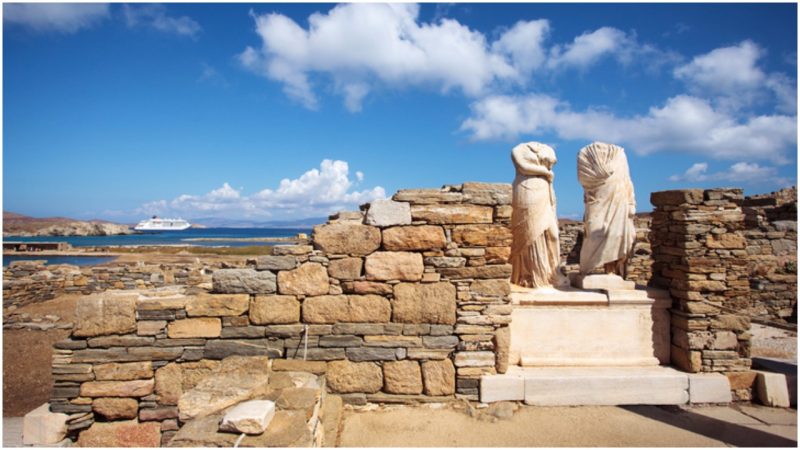Of all the beautiful islands in Greece, the most famous is probably Santorini, but the most sacred, as described by the Greek poet Callimachus, is Delos. This small, rocky island in the Aegean sea was the best-known holy place in ancient Greece, after Delphi. The reason is that it was said to have been the birthplace of one of the most important gods in the Greek pantheon, Apollo.
According to Greek myths, it all began when Hera found out that her husband Zeus’ lover Leto had become pregnant. Hera, known for her jealousy, was infuriated and banned Leto, strictly forbidding any land to accept her. Leto was soon to give birth and became increasingly desperate until Zeus turned to his brother Poseidon, the god of the sea, for help.
Out of nowhere, Poseidon miraculously created a small island with his trident. It was named Delos, which in ancient Greek means “appearance” or “apparent.” Leto arrived on the island and gave birth to twins. First, Artemis, the goddess of the hunt, was born and then she helped her mother during the birth of the sun god Apollo.
However, although both of the twins were born here, Delos seems to worship Apollo more, which is quite obvious by the many excavated temples and sanctuaries dedicated to him. The reason might be that some legends suggest that Apollo’s twin sister Artemis was actually born on the island of Ortygia.
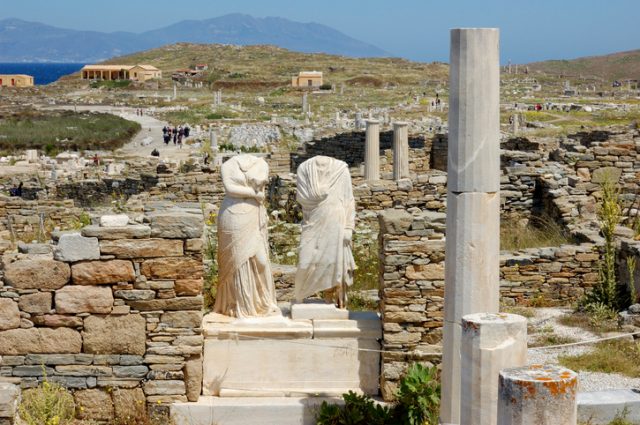
The first human settlers on the island arrived in the 3rd millennium BC. Then, in the 11th century BC, it was populated by the Ionians, who were most responsible for keeping the cult of Apollo alive. They were the first to celebrate the birth of Apollo, by organizing the Delia festival and games. Over the following centuries, the island had already established its status as a place of an important sacred site. The holiness of the island was accentuated during the 6th century BC, when it was prohibited for people to die or to be born on the island. For the purpose, they were taken to the neighboring islands. Even the existing tombs were dug up and the corpses buried on other islands.
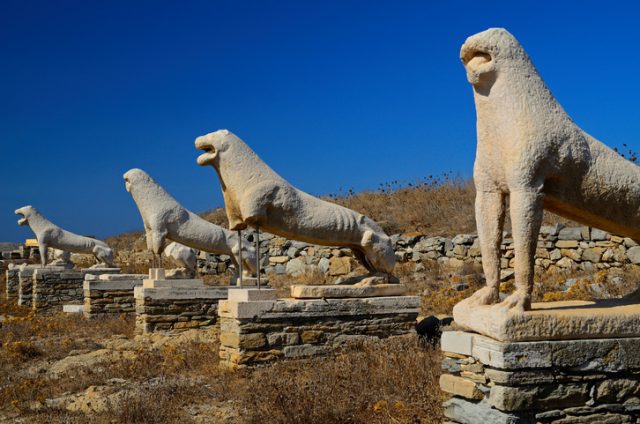
Delos was visited by many pilgrims, but also, was slowly becoming an important commercial port due to its location in the center of the sea. In 167 BC the island had proclaimed its independence, and soon after, wealthy and powerful merchants from around the world started to build their most magnificent residences here. The remains of their luxurious homes are still on the island. Shortly after, it was described as maximum emporium totius orbis terrarium– the greatest commercial center of the whole world.
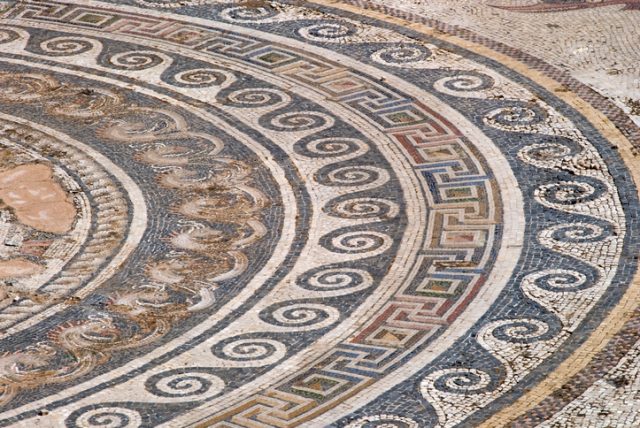
But, with the Romans came the end of the prosperous life in Delos. Many people were murdered and others taken as slaves during the invasion in 88 BC by the King of Pontus, an enemy of the Roman Empire and in 69 BC during an attack by pirates. The remaining residents of the island were leaving their homes one by one, never to return again, and over time, it was completely abandoned.
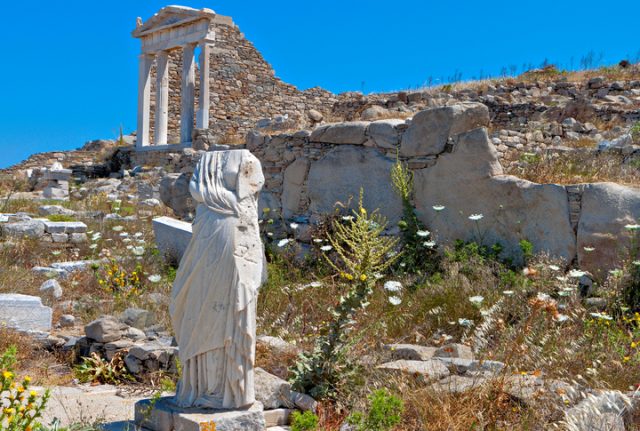
Over the following centuries, many conquerors such as the Byzantines, Slavs, Venetians, and Ottomans have in turn taken control of the island, although it continued to remain uninhabited. During this time, the buildings were damaged and statues and sculptures were taken by the invaders. Such an example is the lion that still stands in front of the Arsenal in Venice, that was once part of the Terrace of the Lions, placed as a guardian for the temple of Apollo.
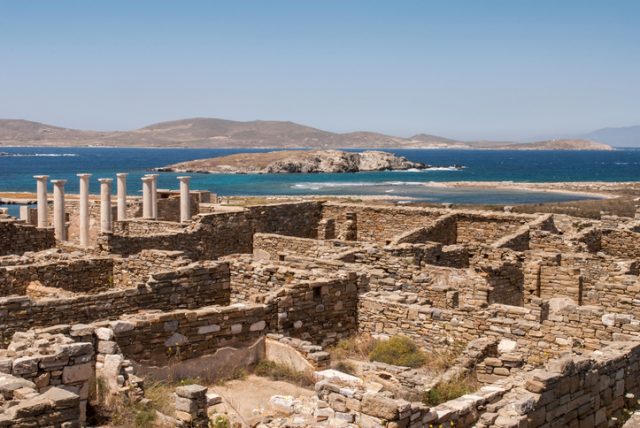
The statues of the other excavated lions are on display inside the museum of the island to prevent them from further damage. Their replicas, however, are still between the remains of temples and mansions.
The excavations were initiated by the French School of Athens in 1872 and continue to this day. Archaeologists have discovered beautiful mosaics, market squares, sculptures, and remains of what used to be magnificent ancient buildings. Interestingly, the island remains uninhabited to this day. In 1990, due to its cultural and historical importance, Delos was listed a UNESCO World Heritage Site.
